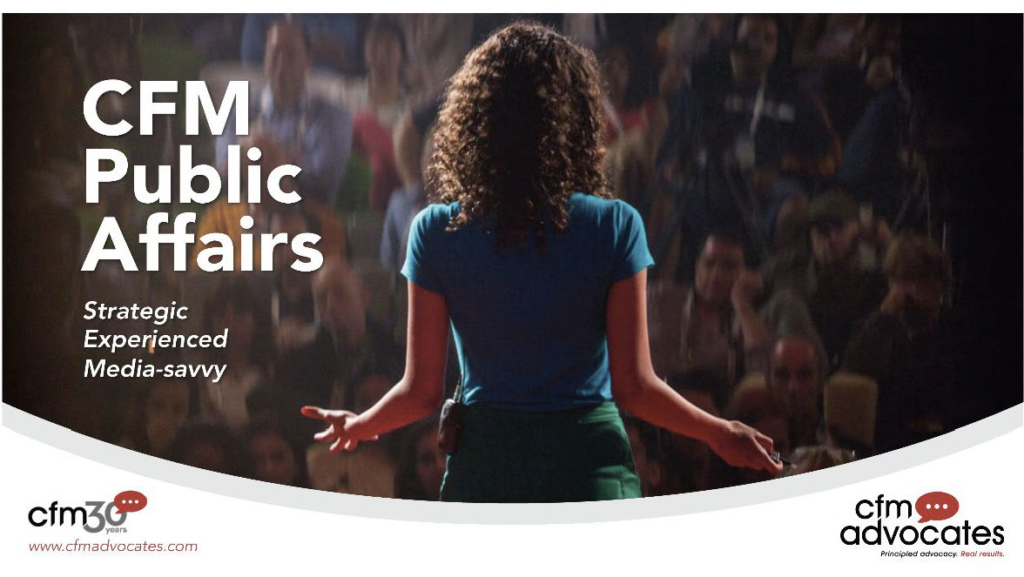
Digital media has made it even harder to separate fact from fiction and one of the main casualties has been trust – in the news, in science, in advertising and in each other. Gaining or regaining trust won’t be easy, but there are proven trust-building practices for those committed to following them.
Misinformation, disinformation and deep fakes have created polarization and deepening skepticism about once-trusted sources of facts. Organizations attempting to communicate in this viral pool of fact and fiction are wise to begin and end with trust-building.
Being trustworthy is a good goal, but it takes skill, energy and commitment to become trustworthy in the eyes of friends, family, colleagues and clients. The building blocks of trust are fairly well known, just not well practiced. Positive Psychology describes a dozen trust-building practices to pave your pathway to trustworthiness:
- Be true to your word (honor commitments; don’t promise what you can’t deliver)
- Communicate effectively (be clear on commitments)
- Build trust gradually (take small steps; temper your expectations)
- Make decisions carefully (think before acting; have the courage to say ‘no’)
- Be consistent
- Listen actively and give feedback respectfully
- Be honest (avoiding telling lies or spreading misinformation)
- Show kindness
- Be open about your emotions (show that you care; exhibit emotional intelligence)
- Avoid self-promotion
- Do what you believe is right
- Admit mistakes (vulnerability paradoxically can inspire trust)
How many people do you know, including the one staring back at you in the mirror, that adhere to most or all of those practices? Chances are the ones you do know are people you trust.
In the everyday world of interaction, there are skills to learn or hone that project trustworthiness to fellow workers, bosses, customers and clients. Here is a quick summary of some of those trust-building skills in professional relationships:
- Take an interest in those around you to make them, not you, the center of attention.
- Maintain a positive attitude and be willing to listen.
- Share information and explain the basis for recommendations or decisions you make.
- Go the extra mile, do the unexpected, exceed expectations.
- Make language and behavior consistent with trustworthiness.
- Work on your own self-confidence as a foundation for others to have confidence and trust in you.
- Keep learning and remain open to fresh ideas.
- Let your actions, not your words, demonstrate your trustworthiness.
If you had to condense what it takes to be trusted into a single idea, it would be this, as expressed by writer and technologist Santosh Kalwar: “Trust starts with truth and ends with truth”. Truth and trust are just one letter part.
Trust and dishonesty don’t mix well. Trust and disinformation are anathema. People won’t trust you if they don’t believe you. If they did trust you based on lies, that trust will disappear and may be irretrievable.
Trust starts with truth and ends with truth.
Trustworthiness is not conferred; it is earned. Building trust is an incremental exercise, where you shouldn’t expect too much of it too soon. Words are less likely to inspire trust than deeds. Being trustworthy is better than saying you are trustworthy.
Regrettably, technology has made disinformation easier to concoct and harder to spot, while digital media has made it easier for disinformation to go viral. Trustworthiness today also must include the ability to spot disinformation and call it out, both as a defense for your brand or character, but also on offense to show people you care about the truth. A new program is beginning in Florida to teach children how to discern disinformation. That might be a useful program to replicate.




